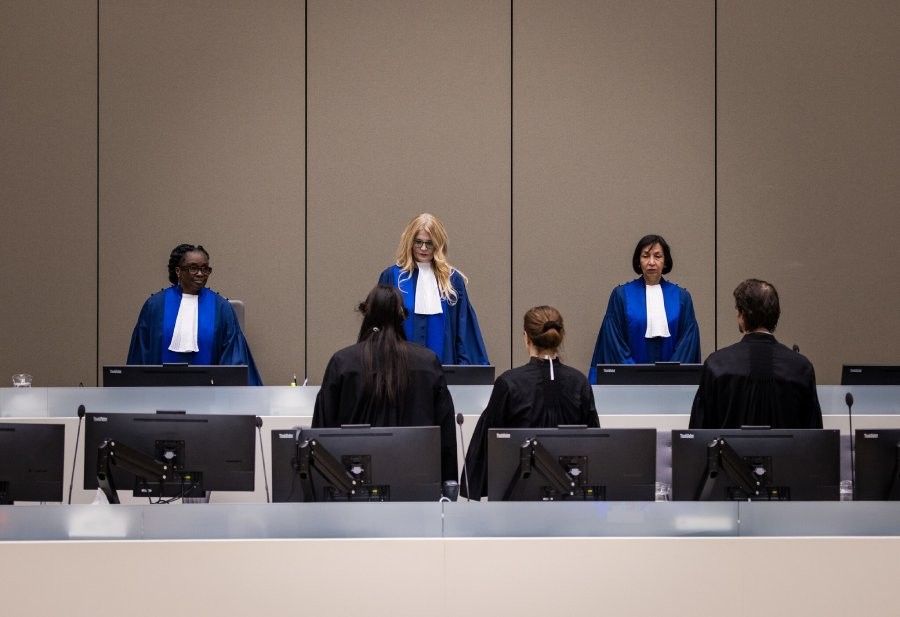
Upgrade to High-Speed Internet for only ₱1499/month!
Enjoy up to 100 Mbps fiber broadband, perfect for browsing, streaming, and gaming.
Visit Suniway.ph to learn
Protesters gather along the streets of Diokno Boulevard in front of the Senate building in Pasay City on Wednesday, June 11, 2025, calling on senators to fulfill their constitutional duty in the impeachment process.
The STAR / Ryan Baldemor
MANILA, Philippines — The Senate was expected to proceed with the impeachment trial of Vice President Sara Duterte but instead sent back the articles of impeachment to the House of Representatives — an unprecedented move in Philippine impeachment proceedings.
Former Supreme Court Associate Justice Adolfo Azcuna described the Senate’s move as an “uncharted territory,” marking the first time a remand has happened in an impeachment case.
Despite its novelty, he called the procedure “unique, but an allowable” way to ensure that the same articles could cross from the 19th to the 20th Congress.
“The all-important element is that the Impeachment Court has acquired jurisdiction over the case and is still on course to proceed to trial and decision without undue delay after the crossover,” Azcuna said in a Facebook post.
Supreme Court yet to rule: The legality of the Senate’s move remains unsettled, as the Supreme Court is currently weighing two petitions that challenge the impeachment proceedings.
These petitions ask the high court to nullify the fourth impeachment complaint against Duterte and prevent the Senate from acting on it.
Four scenarios
Scenario A: House rejects the remand
Former Solicitor General Florin Hilbay, in a Facebook post, said that If the House of Representatives rejects the returned articles, the Senate would have no choice but to proceed with the impeachment trial. The impeachment court’s jurisdiction would stand, and the trial would resume regardless of the crossover between congresses.
Scenario B: House accepts the remand
Hilbay warned that if the House accepts the returned articles and chooses to either withdraw the articles or simply not return them, the impeachment proceedings could effectively end. He called this a “functional dismissal” by the House, even if the Senate itself had not dismissed the case. Such a decision would likely be hard to challenge in the Supreme Court, as it would be considered a political move by the accusers or prosecution to drop the case.
Scenario C: Supreme Court rules in favor of Sara
If the Supreme Court rules in favor of Vice President Duterte and grants the petitions to nullify the impeachment complaint, the Senate may be compelled to abide by the high court’s decision, effectively halting the trial.
Scenario D: Supreme Court rules against Sara
Conversely, if the Supreme Court denies the petitions, the impeachment proceedings would proceed. The Senate would be expected to continue with the trial and exercise its constitutional mandate to decide the case.
Awaiting the next steps: With the Senate’s remand, the ball is back in the House of Representatives’ court. Meanwhile, the Supreme Court’s pending decisions will play a critical role in determining how the historic impeachment process unfolds.
RELATED: Senate’s job is to try Duterte, not question constitutionality, says framer

 1 day ago
2
1 day ago
2



